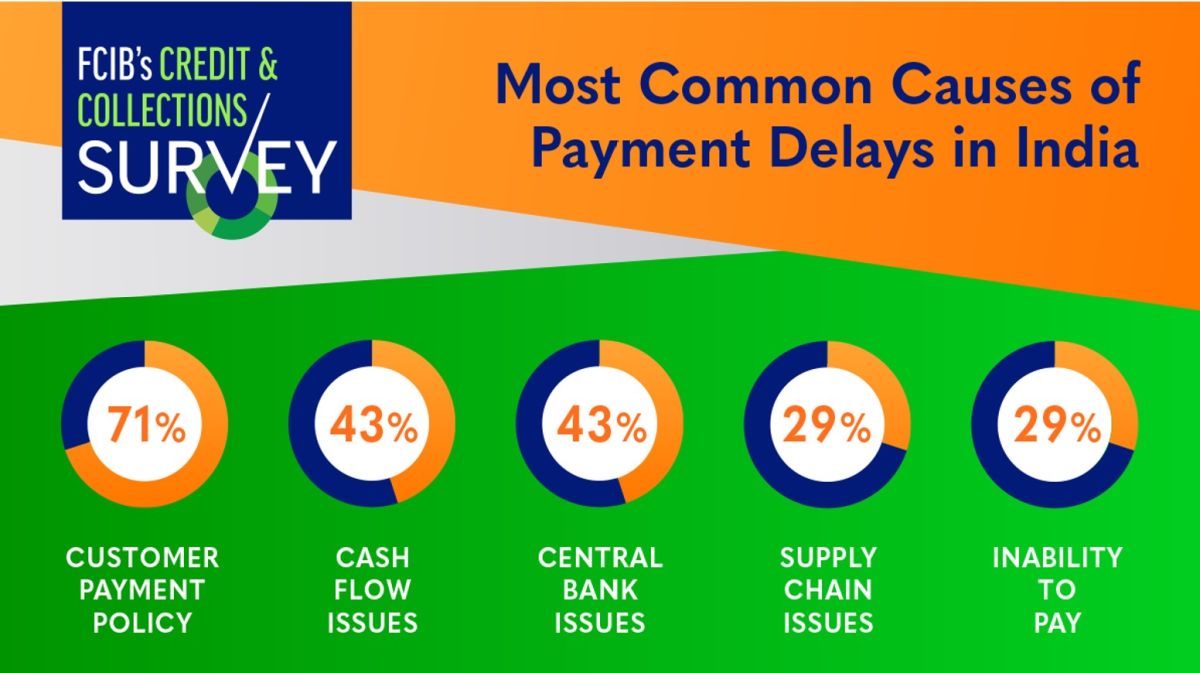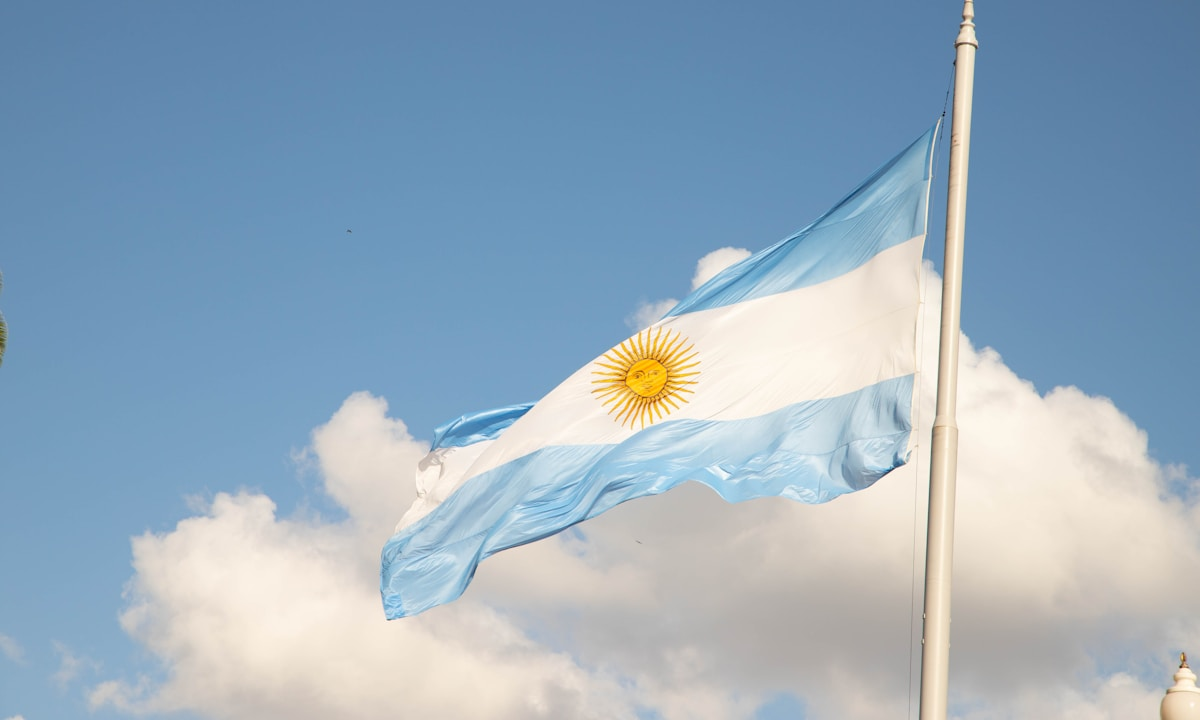
International Markets, Week in Review
Payment delays in India are increasing
Prime Minister Narendra Modi has praised India’s ongoing impressive economic performance, highlighting that the country is once again poised to lead the ranking of the ten fastest-growing major economies in 2024.

Prime Minister Narendra Modi has praised India’s ongoing impressive economic performance, highlighting that the country is once again poised to lead the ranking of the ten fastest-growing major economies in 2024.
Why it matters: India will outpace both the United States and China, which are projected to grow at 2.6% and 5% respectively.
- Yes, but: India’s economic growth likely grew at its slowest pace in a year during Q2 due to lower government spending amid a national election.
The India Development Update (IDU) reported that India grew 8.2% in FY23/24 by public infrastructure investment and an upswing in household investments in real estate. “On the supply side, it was supported by a buoyant manufacturing sector, which grew by 9.9%, and resilient services activity, which compensated for underperformance in agriculture,” reads a World Bank Group press release.
Amid challenging external conditions, the World Bank expects India’s medium-term outlook to remain positive. Growth is forecast to reach 7% in FY24/25 and remain strong in FY25/26 and FY26/27.
- With robust revenue growth and further fiscal consolidation, debt-to-GDP ratio is projected to decline from 83.9% in FY23/24 to 82% by FY26/27.
- While the current account deficit is expected to remain at around 1-1.6% of GDP up to FY26/27.
What they’re saying: “Inflation concerns remain, but we expect them to ease in the latter half of the next fiscal year, barring any surprises from rising oil or food prices,” reads a Deloitte report.
In July 2024, India’s retail inflation rate was 3.54%, which was below the Reserve Bank of India’s (RBI) target of 4%, according to Ministry of Statistics and Programme Implementation data. “This was the first time in almost five years that India’s CPI inflation fell below the RBI’s target,” reads a Forbes Advisor article. “The inflation rate for rural areas was 4.10% and 2.98% for urban areas.”
By the numbers: Customers in India have averaged 17 days beyond terms, with 57% of respondents saying payment delays are staying the same, and 43% saying delays are increasing, per the FCIB Credit and Collections Survey. The most common cause for payment delays is customer payment policy (71%).
What Survey respondents are saying:
- “It’s a tough country to collect from, and civil actions are difficult and lengthy. Maintain strong personal relationships and very clear documentation. Use credit insurance when pay-in-advance is not available.”
- “Keep a close eye on these accounts based on experience payment delays.”
- “Make sure you have signed contracts (executed on both sides) and handle disputes timely.”
- “Expect disputes if payment is not received in advance. Our experience is to have downgrades of materials and incomplete payments when terms extended.”
Zoom out: The business culture in India is significantly more relaxed than the Western business world. You can expect delays in meeting schedules and meetings to start with leisurely rounds of small talk. Your Indian counterparts will want to get to know you before establishing a business partnership, and small talk is a vital part of establishing rapport and trust.
Here are some helpful tips for doing business in India:
#1 Meet them in the middle
Indian negotiators may sometimes adopt a win/lose attitude. Redirecting discussions toward mutual benefits can be helpful in such cases. In the case of a dispute, reiterate your desire to enter into a friendly, long-term relationship and show that you are willing to compromise.
It can also be helpful to use an intermediary, such as a lawyer or another business person, to help find a resolution to the problem. Another option is for the two team leaders to meet privately to negotiate a compromise and present it to the group once it has been agreed upon.
#2 Use formal titles
In India, it is custom to treat anyone who is older than you with additional respect if they hold senior positions in the company. Address colleagues by their last name or, if they do not use a last name, with a title and their first name. Do not assume a first-name basis unless it is offered.
#3 Be on your guard
Some businesspeople in India who, in their eagerness to close a deal with a foreign business counterpart, make promises that cannot be fulfilled, such as unrealistic deadlines or costs. Deceptive tactics such as lying, misrepresenting an item’s value, or feigning interest are common.
To counteract that, insist on open, transparent negotiations. If you suspect your counterparts of using deception, stay calm and attempt to resolve the situation diplomatically.
#4 Dress with purpose
India’s business dress code has evolved significantly, with expectations varying by region and industry. For men, the traditional business uniform is a suit and tie in conservative colors; either light or dark colors are acceptable, but not bright colors or wild prints. Fabric should be natural and lightweight. However, in hot weather, it is acceptable to wear a long-sleeved shirt with a tie and no jacket.
For visiting businesswomen, it’s acceptable to wear pantsuits or suits with long skirts. Skirts should cover the knees and shirts should have high necklines and cover the shoulders.
Your Indian counterparts will take it as a sign of friendship and respect if you wear traditional Indian dress to either business meetings or social engagements.
Avoid wearing leather clothing in India other than shoes. Hindus consider the cow sacred, and may find leather jackets and purses offensive.
#5 Be transparent and flexible in meetings
It’s important to be well-prepared with clear goals for your meeting with Indian counterparts. Have an agenda, but stay flexible. Allow them to lead discussions and discuss each issue in detail before moving on to the next.
In addition, provide clear, attractive visuals to supplement your presentation. Indian businesspeople are familiar with media presentations, and a good one can help you negotiate a deal.
What’s next: Our August Survey is now open and covers Argentina, Israel, Japan and Nicaragua. Click here to take the survey now—and be sure to share the link with your credit and collections network.





